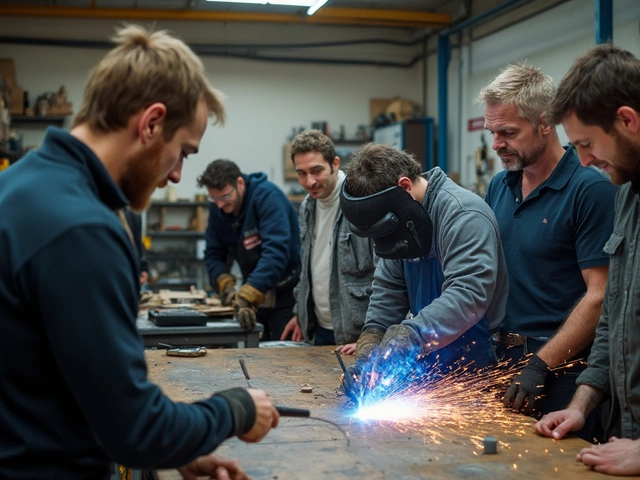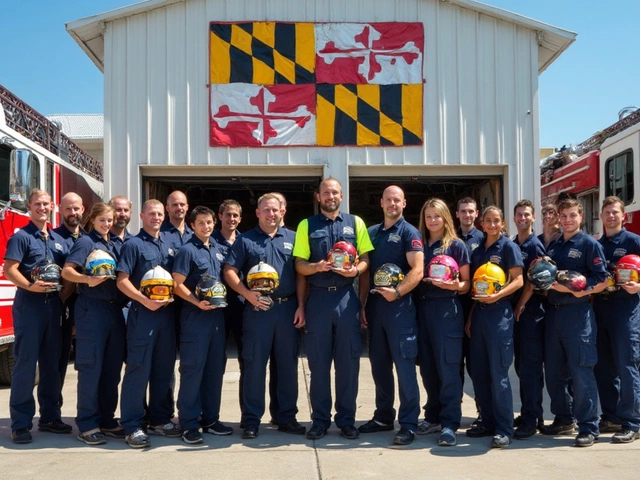Safety Tips: Quick, Practical Advice to Keep You Safe
Staying safe doesn’t have to be a chore. Whether you’re at the office, on a construction site, or just doing chores at home, a few simple habits can stop accidents before they happen. Below you’ll find straight‑forward tips you can start using right now.
Everyday Safety Basics
First, treat every task like it could surprise you. Look around, spot hazards, and remove anything that could cause a slip, trip, or fall. Keep walkways clear, dry up spills instantly, and use non‑slip mats in kitchens and bathrooms.
When you lift something heavy, bend at the knees, not the waist, and keep the load close to your body. If it feels too heavy, ask for help or use a trolley. This simple move protects your back and prevents strain.
Fire safety is another everyday win. Test smoke alarms once a month and replace batteries yearly. Keep a small fire extinguisher in the kitchen and know how to use it – the “PASS” method (Pull, Aim, Squeeze, Sweep) works for most fires.
Electrical safety is often overlooked. Never yank cords out of sockets; pull the plug by the base. If a cord looks frayed, replace it. And always unplug appliances before cleaning them.
Workplace Safety Must‑Knows
At work, the person who’s legally responsible for safety training is usually the employer, but everyone has a role. Make sure you’ve attended any required safety sessions and keep a copy of the training record.
If you work with machinery, always wear the right protective gear – goggles, gloves, hearing protection – and never remove it for convenience. Lock‑out/tag‑out procedures are critical when servicing equipment; follow them step by step to avoid accidental start‑ups.
For those in construction or trades, know the difference between MIG and TIG welding before you start. MIG is easier for beginners, but TIG gives cleaner welds for precise jobs. Choose the method that matches the task and your skill level, and always wear a welding helmet.
Healthcare and beauty professionals, like estheticians or hair stylists, should keep their workstations clean, disinfect tools between clients, and store chemicals safely. Even basic math, like calculating product mix ratios, helps avoid mistakes that could harm a client.
Firefighters and police recruits have special training periods (fire academy, police academy). Those programs often include safety modules that teach you how to protect yourself while protecting others. Take those lessons seriously – they’re the foundation of a safe career.
Remember to report hazards immediately. If you see a broken step, a leaking pipe, or an unsafe practice, tell a supervisor right away. Many accidents happen because someone assumes someone else will fix the problem.
Finally, keep a personal safety kit at work and at home. Include a first‑aid kit, flashlight, basic tools, and a list of emergency contacts. Knowing where it is and how to use it can make a big difference in an emergency.
Safety isn’t a one‑time checklist; it’s a habit you build day by day. Start with these tips, adjust them to your situation, and you’ll reduce risk for yourself and everyone around you.




